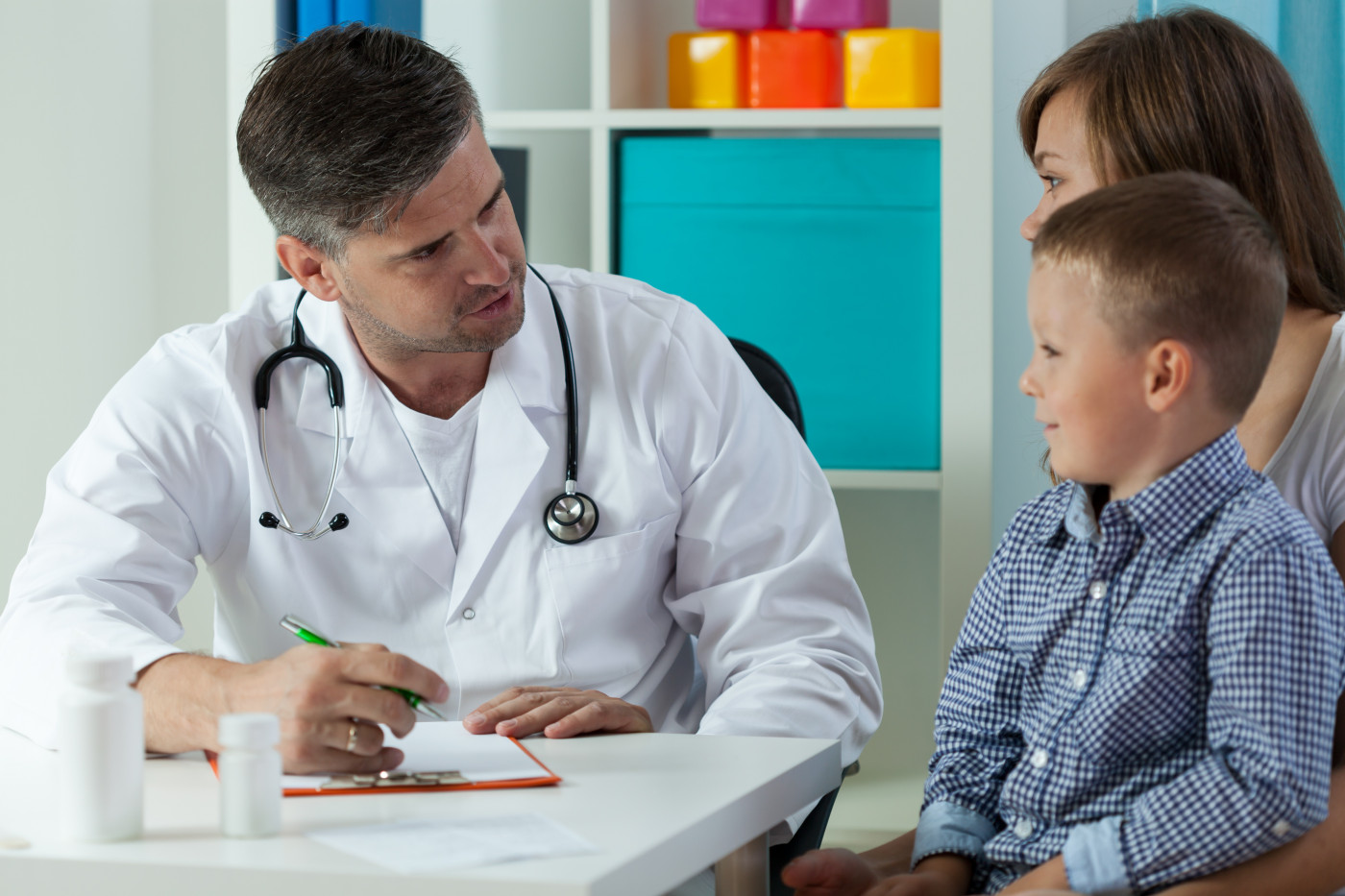Long-term Growth Hormone Treatment Not Linked with Increased Severity of Scoliosis in Children with PWS, Study Finds

Treatment with growth hormone for eight years led to a lower spine curvature in children with Prader-Willi syndrome (PWS) who developed scoliosis, a preliminary Dutch study reports.
The research, “Effects of eight years growth hormone treatment on the onset and progression of scoliosis in children with Prader-Willi syndrome,” was presented in September at the European Society for Paediatric Endocrinology in Vienna, Austria, and published in the journal Hormone Research in Paediatrics.
Growth hormone (GH) became standard treatment for children with PWS after its approval by the U.S. Food and Drug Administration in 2000. Among other benefits, this approach has led to reduced body fat, earlier ability to walk, and higher vocabulary IQ scores in this young patient population.
Scoliosis, a sideways curvature of the spine of at least 10 degrees, is estimated to affect 80% of PWS children older than 10. By inducing accelerated growth, treatment with GH may increase the risk of children developing scoliosis, but its ability to increase lean body mass may have the opposite effect.
A previous study reported no cases of scoliosis among 14 toddlers with PWS treated with GH. However, they were only followed over two years.
To address this knowledge gap, researchers at Erasmus University MC-Sophia Children’s Hospital, in The Netherlands, investigated the effects of GH treatment on scoliosis over a longer period.
They analyzed 34 children with PWS (20 boys and 14 girls) who received 1 mg/m2 (or 0.035 mg/kg) of GH every day for eight years. Median age at start of treatment was 1.3 years. This group was compared to 15 children, also with PWS, but who did not receive GH. (Note: the group untreated with GH was older — 11.9 years at the end of the study).
Children underwent annual X-rays of the spine. The main outcome measures were onset of scoliosis and the progression of the spinal curve, as expressed as the change in the Cobb angle.
Results after treatment showed that participants on GH had a significantly smaller Cobb angle of the spine (15 vs. 35 degrees), as well as a higher ratio of trunk lean body mass by body surface area (8.5 vs. 8.1), compared to children not treated with GH. (Note: higher ratios correlate with greater muscle strength.)
All children who did not receive GH, and 78% of those who did, developed idiopathic (no known cause) scoliosis, the most common type of scoliosis in older children with PWS. Median age of idiopathic scoliosis onset was 3.7 years. Brace therapy was started at a median age of 8 years and an average Cobb angle of 38.5 degrees.
Overall, these preliminary findings suggest “no difference in the severity of scoliosis after eight years of GH-treatment compared to untreated children with PWS,” the researchers wrote.






